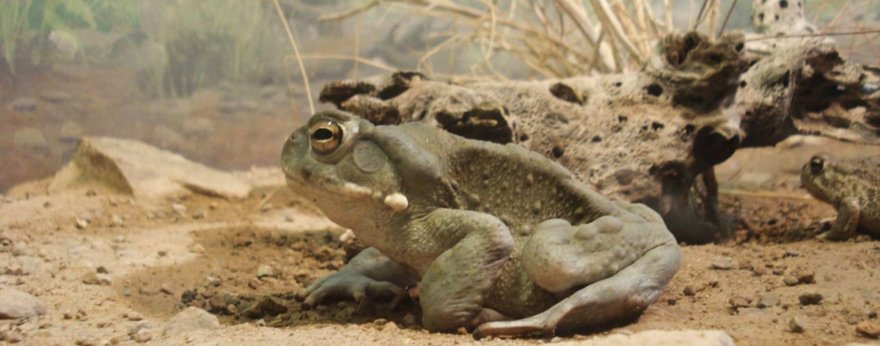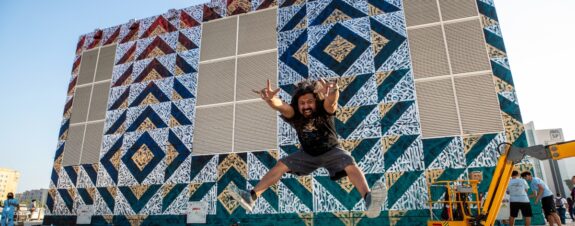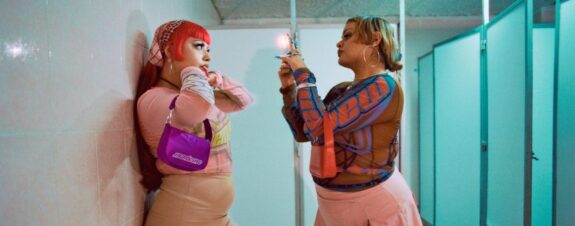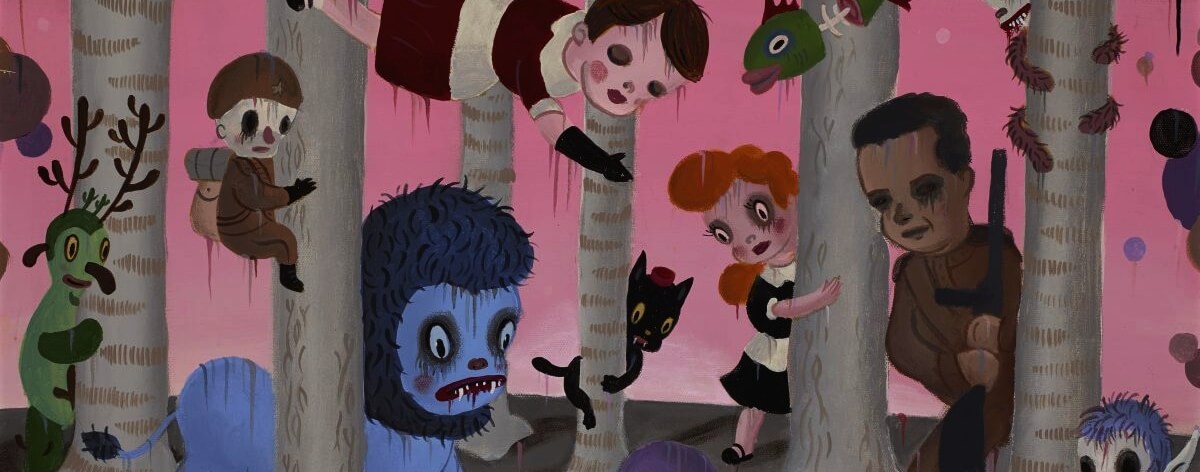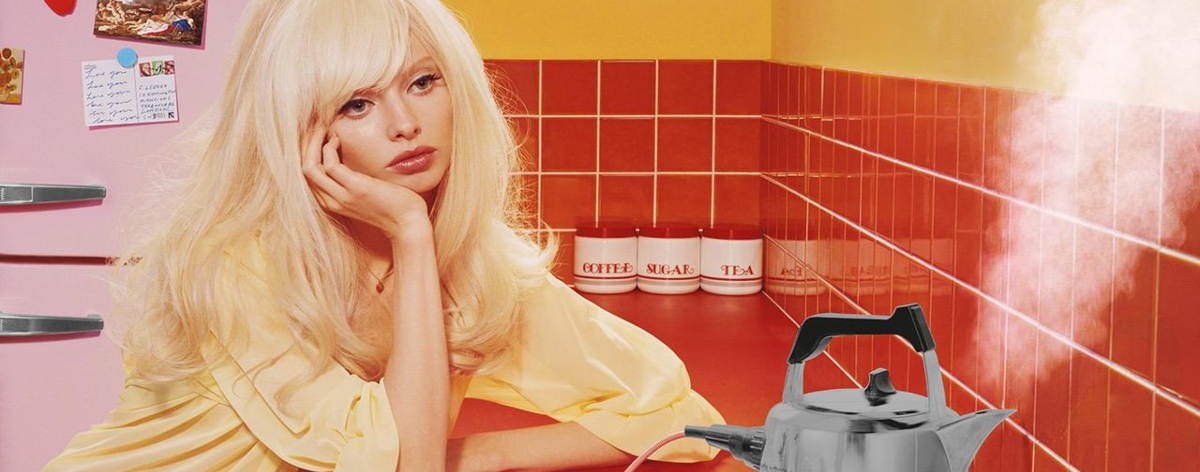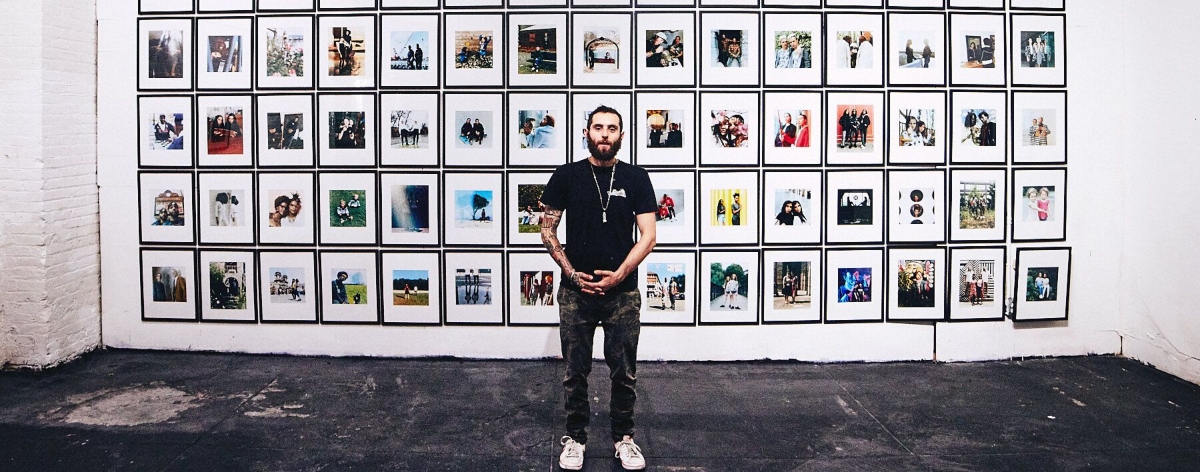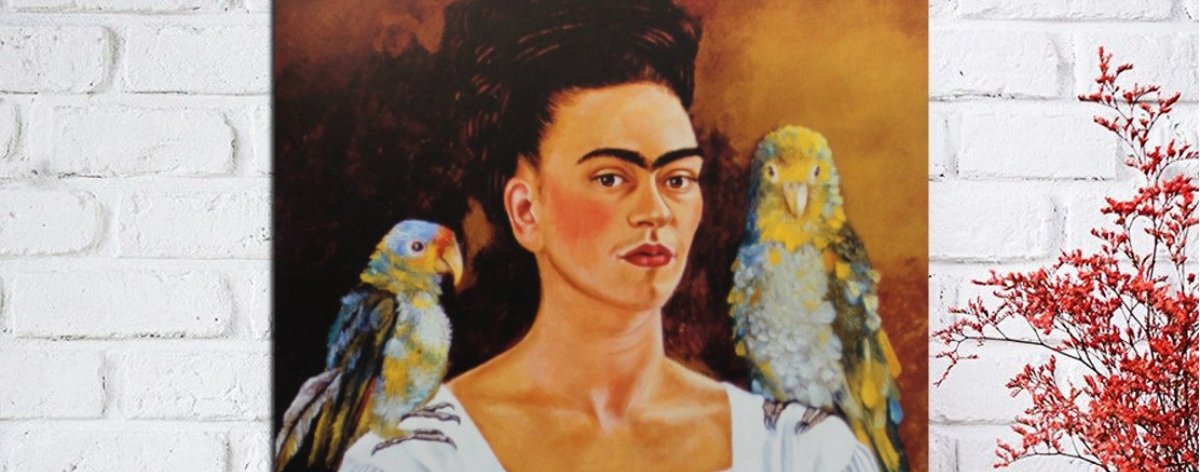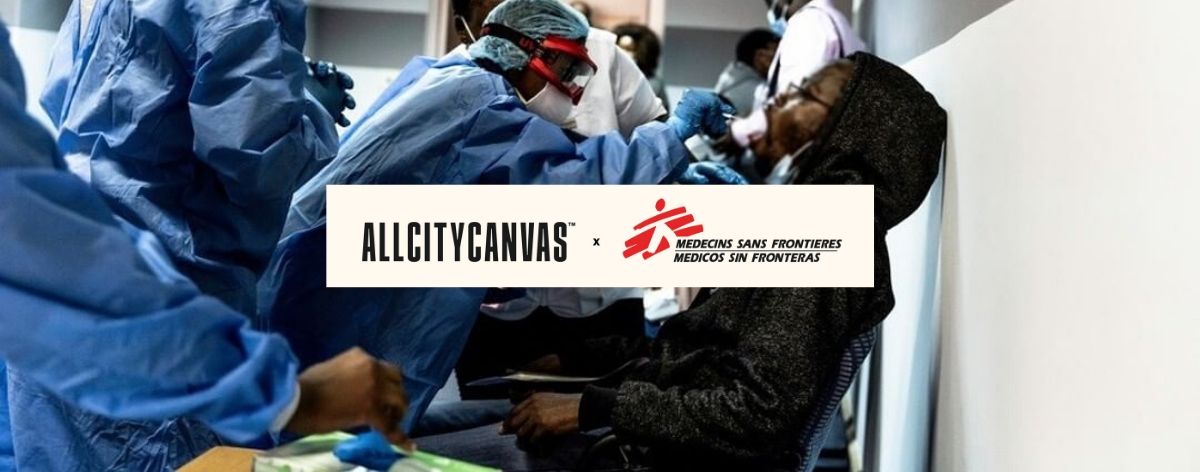This post is also available in: Español (Spanish)
One of the main guests of the 11th edition was the multifaceted Gary Baseman
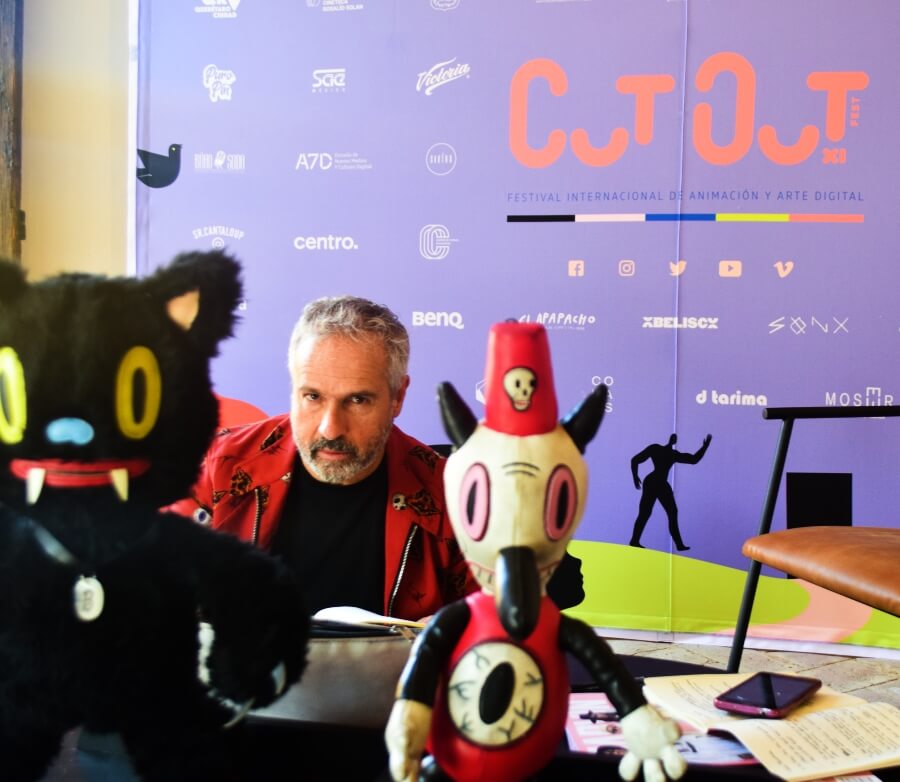
From start to finish, he proved he was born to draw, because, mid-interview, he sat on the floor, pulled out a notebook from his backpack, colored pencils, and started drawing. For those who don’t know his work, this is the perfect opportunity to delve into Gary Baseman’s world.
ACC: Hi Gary. We’re very happy to be here with you today. Our first question is: how do you feel in Mexico, at a digital cultural event like Cut Out Fest?
Gary: I’m very happy, even though I don’t see much difference, as art is art and digital media is an approximation of it. In this sense, I only believe in the mind and heart under the same language of art. In my view, making a drawing or animation is intimately related to photography or cinema. They all have a creative relationship in common. One way or another, we find a way to tell the story we want to tell.
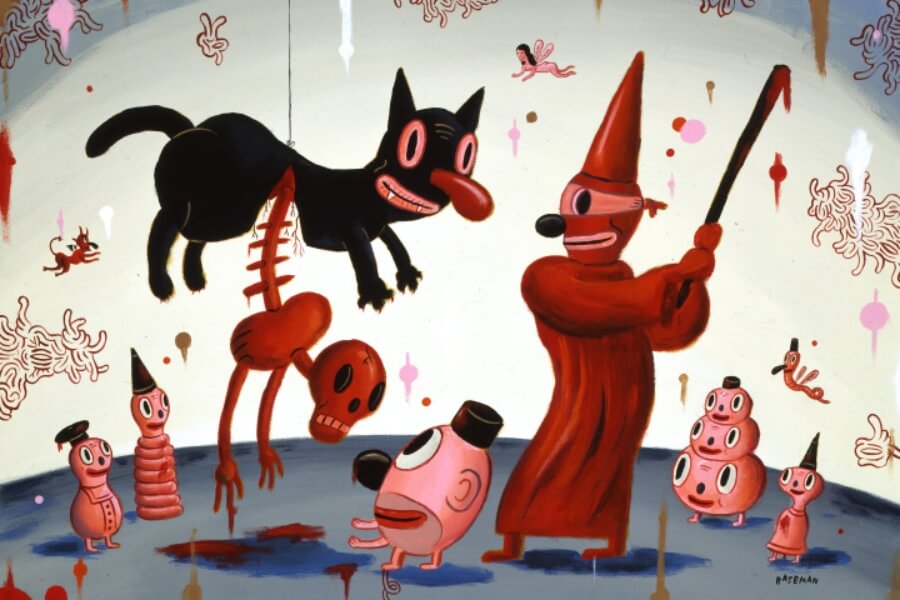
Do you remember how or when you started drawing? And at what point you decided to make drawing and illustration a way of life?
I don’t remember, but I’ve been drawing since I was a kid. What I do remember is that I used to sit on the floor, on the coffee table, while my dad was watching TV in the living room and my mom in the kitchen preparing something, and I would draw. The funny thing is, no one in my family is an artist.
Has Mexico influenced your work in any way?
Of course, it has a beautiful culture and history. Besides, I lived in Los Angeles, so I’ve always had contact with Mexican artists. I really like what Miguel Covarrubias did, he made beautiful pieces for Vanity Fair magazine and other books. He was a very natural artist who could transport us or communicate through his work. What he did was extremely beautiful.
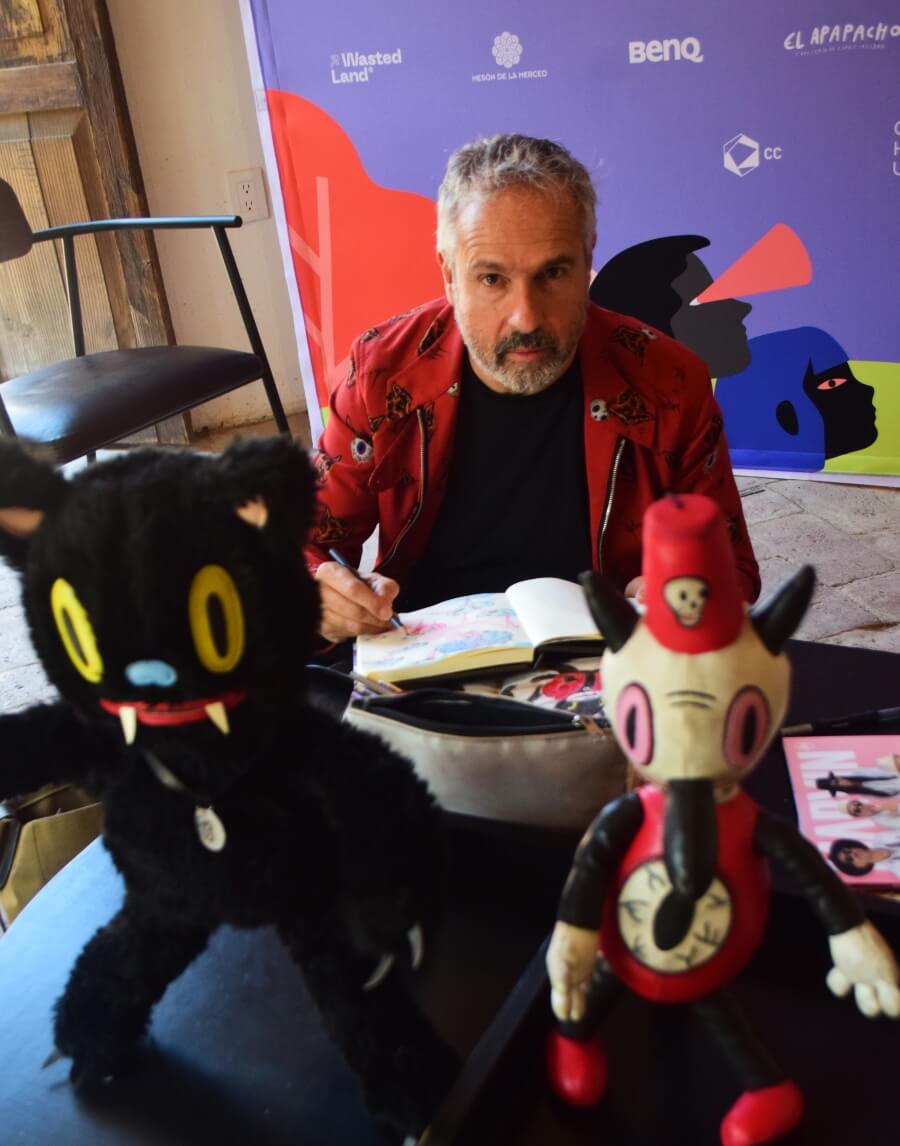
We know you created characters like Dumb Lucky, Toby and Creamy. Besides being characters, what do they mean to you?
They’re a part of me, my reality, humanity; the conflict between man and God; our desires that we often cannot control. And how we deal with them. They also represent philosophies and activities, such as meditation or prayer.
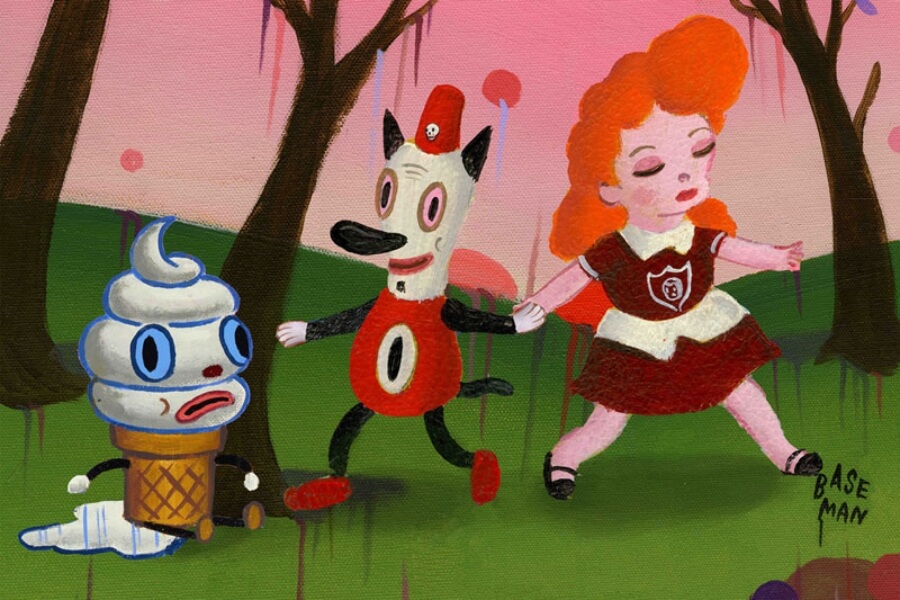
So for me, the characters are that: my desires as a human being. Dumb Luck, for example, is the absurd idea of “good luck,” of life’s opportunities; Toby is the one who keeps secrets, the one who loves you unconditionally, but he also tends to get in trouble. All those characters are me.
Where do all your aesthetics or drawing styles come from? Do you have any particular influence?
I never studied arts formally. My inspiration comes from cartoons, MAD magazines, and comics. But as I mentioned, I think they’re all inspired by desires and creativity. Always with the goal of enjoying what I draw. I never tried to copy anything from anyone.
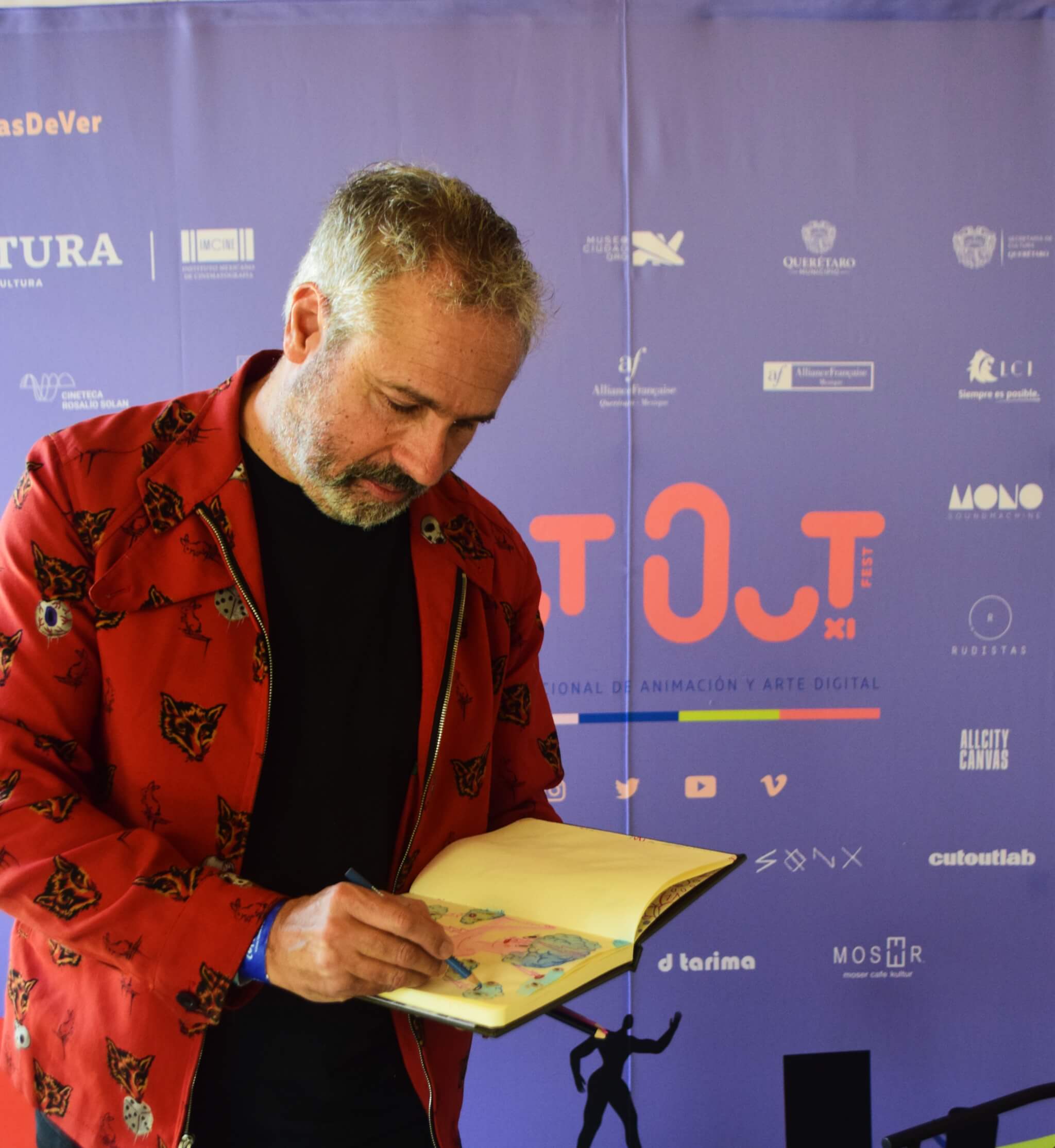
Lastly, do you like street art? Have you ever been invited to make street art?
Yes, I like it, but I think there’s good street art and bad street art. And yes, I’ve made murals. Not in Mexico yet. But in Los Angeles. For me, it also depends on the definition of street art. Some artists go and paint because it’s the only place they get publicity.
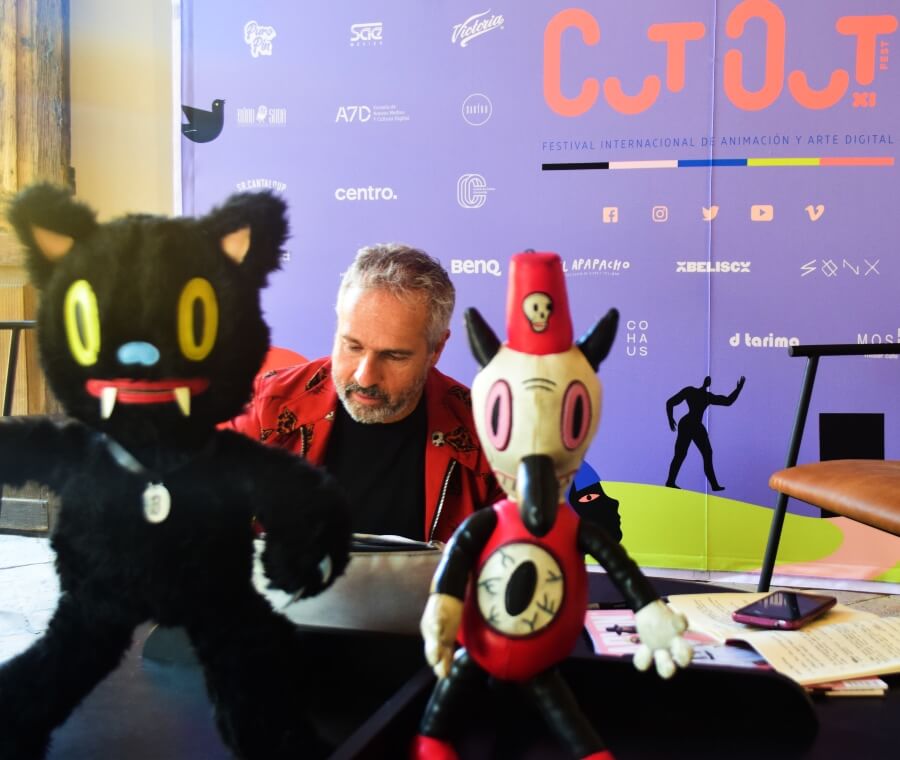
Others paint pretty pictures of where they’re from. Like in Sao Paulo, Brazil. There, the artists have a very large style sensibility. Others, for example, like to leave their doodle or tag. In places like Spain, it’s how they give voice to their thoughts. For Europeans, it’s how they make political comments. I can do anything, anywhere. It’s just another medium really. In the end, street art is also similar to digital art.
This post is also available in: Español (Spanish)
